Keyword research is an integral part of the SEO strategy. Your content is searchable on Google and tells of your content’s relevancy. And keyword finding is all about it.
Keywords tell about the audience’s target and how you can optimize the content.
It may take a long time and a lot of work to go through data, figures, and large lists of SEO keywords to find the best match. But it’s critical to do it right. SEO and content creation are built based on careful keyword research.
Without keywords, you can’t have an optimized website, backlinking, and content creation for the audience.
Hence, knowing high search volume keywords before writing content is essential.
Table of Contents
How To Do A Keyword Research
Several options exist manually or using a keyword research tool like Keyword Tool. However, regardless of your chosen method, you must complete many tasks.
Step-by-step instructions on how to conduct complete and accurate keyword research are provided in this article.
Step #1: Research Your Niche
Studying your subject or niche is advisable before deciding on the OK keywords for your page’s SEO. However, it looks great to get fresh ideas for your SEO marketing strategy and uncover many ways of approaches.
To better understand your niche, consider the following suggestions:
First, get to know your current consumers better by talking to them. How do people describe your firm, product, or service when they talk about it?
Think about your consumers from their viewpoint. For example, what would you say about the company’s service to a friend?
Participate in online communities related to your subject or niche, such as discussion boards and social media networks. Read the comments to find out what other people are struggling with within your industry. It will help in practice to find out the best SEO keywords.

Now, move on to the next step.
Step #2: Generate Keyword Ideas
Generating keyword ideas often start with a seed keyword, a broad term related to your topic. Once you have this initial keyword, here’s how you can expand your list of keywords using tools:
Seed Keywords: Choose a primary term that encapsulates your topic or niche. For instance, if you’re in the fitness industry, your seed keyword might be “exercise routines.”
Tools for Expansion: Input this seed keyword into your selected keyword research tool, such as Google Keyword Planner, Ahrefs, Semrush, Moz Keyword Explorer, or Ubersuggest.
Keyword Expansion: Use the tool’s features to generate related keywords. These tools typically offer suggestions based on the seed keyword, providing variations, long-tail keywords, synonyms, and related terms that people might use in their searches. For example, from “exercise routines,” you might get suggestions like “home workout plans,” “cardio exercises,” “strength training routines,” and so on.
Filter and Organize: Review the generated list of keywords. Filter based on relevance, search volume, competition, and user intent. Group similar keywords together and organize them based on their relevance to your content or business objectives.
Refine and Iterate: Experiment with different seed keywords related to various aspects of your niche. Iterate this process to expand your pool of keywords continually.
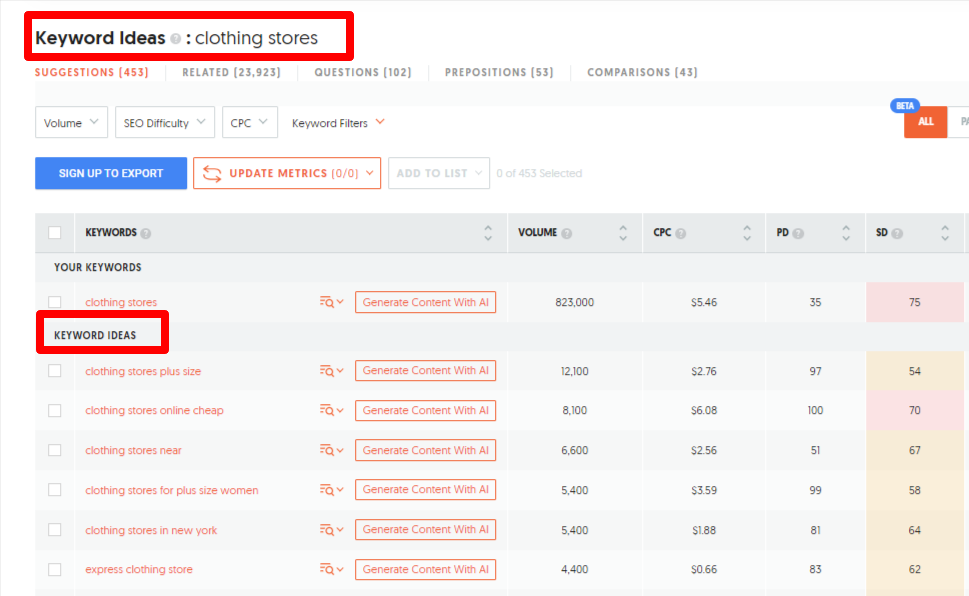
Step 3: Set Your Targets
Setting a target at the outset of a strategy is essential. First and foremost, you should reflect on and answer the following questions about yourself:
-
- What is your name, exactly?
- What do you expect people to remember about you?
- Which distinguishes you from everyone else?
- And what’s your website’s subject matter, if you have one?
- Finally, in what ways does your website promise to deliver on its promises?
Then, once you’ve found a solution, you need to define your brand’s objective.
For example, do you want more people to sign up for your newsletter? Or do you need to reach a specific amount of sales by a given date?
A goal for your SEO strategy and plan is essential since it will provide a clear path. Ideally, you should divide the search phrases into multiple content marketing funnels. Your aims will also influence SEO writing and content.
Plan out your strategy, create graphs, and record them. They’ll serve as the skeleton and point of departure for your higher-level content creation and web promotion efforts.

Step #4: Analyze Keywords
Analyzing keywords involves considering various factors to ensure they align with your SEO strategy and business goals. Here’s a breakdown of crucial aspects to focus on:
Determine the search volume
Next, you’ll want to examine how many people use your terms.
This data is available in the Google Keyword Planner. They term it “Avg. Monthly Searches”. You may also limit the results to displaying keywords with high or low competition or CPC.
So:
Even though the data is from Google, it is an estimate, not an actual figure. For example, the GKP estimates that 1k to 10k individuals search for “SEO Tools” monthly.
Also, most keyword programs (like SEMRush) use GKP data for search volume. However, two technologies estimate monthly searches using internal data.

Data from Moz and Ahrefs
They both utilize “Clickstream” data to estimate search volume. They don’t use GKP search volumes. Instead, their estimates are based on actual user behavior.
Consider the word “SEO Tools.” Moz estimates “6.5k-9.3k” monthly searches. According to Ahrefs, 12k searches each month. It’s only to demonstrate how various tools assess search volume.
One question remains:
How many searches does a term need to be optimized?
It depends.
There is no minimum search volume. Every industry is unique. In my niche (B2B), a term with a monthly search volume of 25k is relatively high. But in B2C fitness, 25k is nothing. So, choose a term with a high search volume for your industry.
Relevance
Opt for keywords highly relevant to your content or website. Choosing keywords that precisely match what your audience is looking for helps attract exemplary visitors. Ensure the keywords align with the intent behind the search and the content you’re offering.
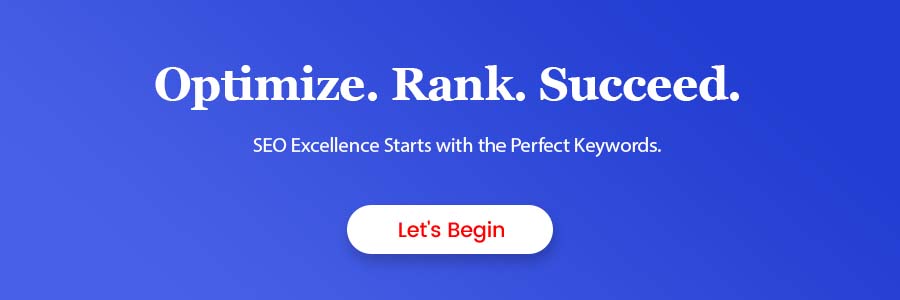
Step #5: Evaluate Earnings Potential
It’s one thing to have a high search volume and little competition. But the real question is:
Will that keyword pay off? Two methods to find out:
1. Page One Bid
This is Google’s estimate of what an advertiser typically pays per click. In other words, it’s how much it costs to have your ad appear (and get clicked) at the top of Google’s first page.
A keyword is worth more if the “Top of page bid” is high. Choose keywords based on commercial purpose (and search volume and competitiveness).
2. Product Keyword
The second factor is “Product-Keyword Fit.”
Does this keyword relate to what you sell? The closer the term is to your product or service, the better.
But you don’t always have to target keywords linked to your product.
As in:
If your company is an SEO training firm.
So, don’t only target SEO or internet marketing keywords. Instead, target terms consumers use when they aren’t looking for your products. And write SEO-friendly text around them.
Do you sell SEO auditing software? No.
Do you provide SEO audits? Nope.
People searching for “SEO Audit” are clearly in my target demographic. And content is a method to reach this vital population.
Step #6: Calculate organic CTR
This phase measures how many people click on the search results. They estimate how many connections the results received from #1 and #2.
But such graphs don’t show how cluttered the search results are now.
Google now utilizes millions of Featured Snippets to answer your question without you having to do anything. It is because photographs, movies, etc., mask the organic findings.
Search volume aids. Unless someone hits on the results, no one searches for that term. That’s why you need an organic CTR estimate. How?
See the SERPs
Look up your phrase on Google’s first page. A lot of crap on the top page means a lot of people won’t even SEE the organic results, much alone click on them.
Consider the word “life insurance.” And see the results. But it’s something to consider when you narrow down your keyword list.

Ahrefs
Ahrefs analyses Clickstream data to determine how many users click. Look at the search results. But “Clicks” may assist you in filtering out poor CTR terms.

Step #7: Create a Seed keyword
The seed keywords list may now be created once you’ve split your primary category into many categories of posts. These keywords must be relevant to your different themes and, more crucially, are ones that your target market may be looking for while using the search engine Google.
Seed or focus keywords are critical as a starting point for your keyword research. They help you narrow down your market and pinpoint your primary rivals.
It’s simpler than you would expect to discover your brand or product’s seed or target keywords. You must define your item as simply as possible and think of probable Google searches.
Step #8: Identify Low-Competition Terms
It’s time to assess the opposition. First, identify the non-competitive terms on your list.
How?
Use Chrome MozBar
Keyword competition is shown inside the search results. In addition, it displays a page’s Page Authority (the quality of links leading to that page). You may also see a site’s Domain Authority (a measure of a site’s total authority, in Google’s opinion).
There is no minimum PA or DA. It varies significantly by specialty. Fortunately, a few searches can reveal what is “low competition” in your niche.
Lesser the DA and PA are preferable.
Find Keyword Difficulty Score
These tools usually provide a “Keyword Difficulty Score.” Also, KWFinder employs “Keyword SEO Difficulty.” The sole disadvantage of using a Keyword Difficulty Score is that it only considers backlinks.
Yes, backlinks are a significant ranking element. But they’re just one part. It includes how effectively a website is optimized for that phrase if the content matches the searcher’s needs and hundreds more.
Keyword Difficulty Scores indicate a keyword’s degree of competitiveness. But they’re not perfect.
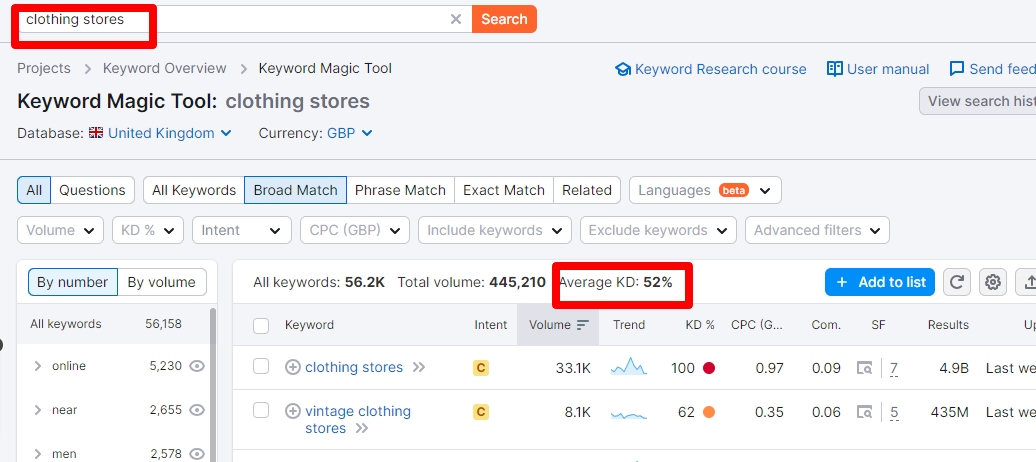
Step #9: Make Use of High-Quality Keywords Tools
To begin keyword research, you may think, “Why not use a keyword tool?” And being realistic, there isn’t a right or wrong option here. Researching search phrases from the viewpoint of your brand or company has an apparent benefit, though.
Rather than becoming lost in keywords, you acquire a broader picture of your articles and SEO strategy using this technique.
The next step is to employ keyword research tools to fine-tune your search phrases based on your objectives, subjects, and seed keywords.
Tools like Google Keyword Planner may be used in this situation. As it is, Google only provides estimates of search volume. Keyword Tool, on the other hand, may be used instead. In addition to providing you with more information, it might assist you in focusing your search phrases. In addition, it may provide suggestions for similar terms.
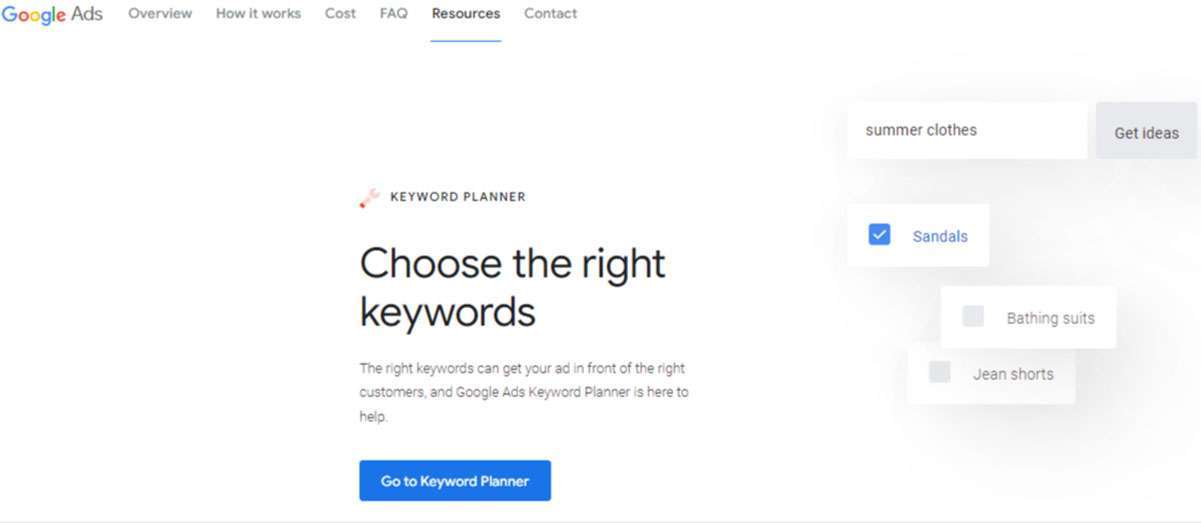
Step #10: Understand the Searcher’s Interests
However, adding high-volume keywords to boost a page’s ranking used to be a simple process. However, things aren’t as concise as they used to be. Today, Google’s machine learning algorithms learn about the intent of search terms by comparing them to actual user queries.
“search intent” refers to why individuals search for a specific term. People’s search behavior is influenced by a variety of aspects, including:
-
- What’s the point of the hunt?
- Yes, they are looking for an answer to a specific query.
- But if so, what site are they looking for?
- Are they looking for anything to buy?
Try to think as an audience. What’s the point of looking up your subject? How are they going to enter the terms? Are they in the market for a new item? Alternatively, are they trying to find a solution to a specific issue?
Having a clear sense of the search intent of prospective readers or customers can help you improve your keyword research. Great for your brand or subject is a collection of popular keywords. Finding keywords that reflect the user intent of your potential customers is preferable, though.
Step #11: Pick Trendy Keywords
Finally, check to determine whether your keywords are heading upward or downward. You want to choose popular terms. So, you receive more traffic from such phrases over time.
Google Trends is your partner.

Step #12: Focus on the Long-tail keywords
These are shorter search phrases closely connected to your brand’s primary subject or category. However, long-tail keywords are more detailed and frequently connect to minor sub-themes inside your brand. Therefore, compared to seed keywords, it is much simpler to match the search queries of your target audience with long-tail keywords.
When writing about golf clubs, long-tail keywords like “what is the greatest nine iron golf club?” will attract a more relevant audience than seed keywords like “golf club.”
Long-tail keywords tend to obtain fewer targets, but their conversion rates are significant since they are narrower in scope.
Step #13: Look for Your Competitors
Searching for relevant SEO keywords for your brand on Google isn’t nearly sufficient. Remember what your competitors are doing as well. The more you know about your industry’s content environment, your SEO will be better.
Additionally, a thorough understanding of the competitiveness of various phrases can help you discover search terms that are too tough to rank. As a result, you’ll be able to identify and capitalize on keyword opportunity gaps. Of course, to take advantage of these changes, you must look for similar keywords with relatively low competition.

Wrap Up
These steps should provide enough information to create a solid content and SEO plan. You would also have gathered enough information for SEO copywriting.
Keyword research is essential for any content-focused blog, small company, or brand marketer.
It takes time to do keyword research. But in the long term, it gives a reward for your effort


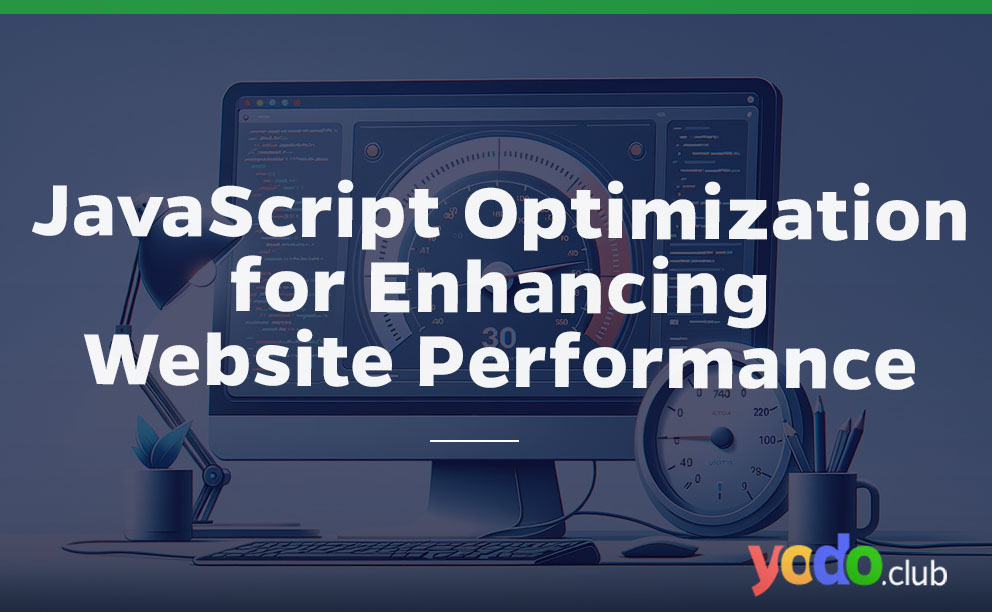
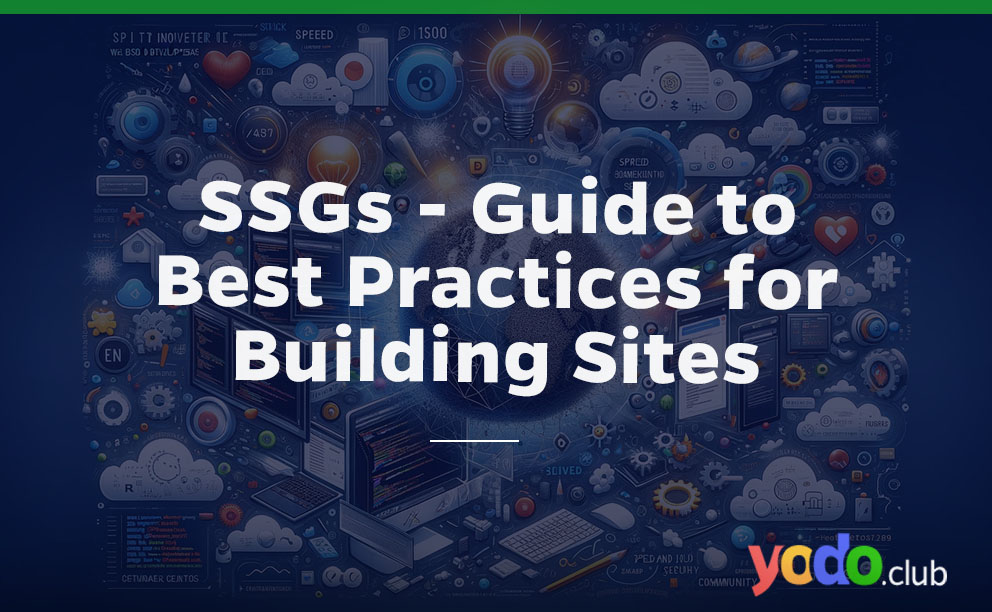


 & Passion.
& Passion.